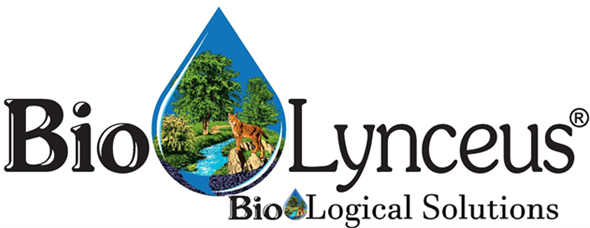ProBiotic Dredging® Explained
ProBiotic Dredging® is a proprietary process utilized by BioLynceus® to remove organic materials from fresh water lakes, ponds, wastewater lagoons and waste handling systems.
For over twenty five years, BioLynceus® has been working with a variety of clients to help reduce the amount of organic material in wastewater streams and processes, open water environments and reduce the amount of organic build-up created by effluent waste water systems.
How This Works:
We visit with the client to learn about their particular situation. Typically, a sludge sample and a sludge judging is completed to fully assess the sludge layers, the amount of material that has built up in the area and specifically determine the nature of the sludge.
We listen to our clients carefully to learn about the client, their business and specifically the elements that are increasing the sludge layer in their environment.
Strategically, we determine which solutions are going to be utilized and create a project plan. Solutions include use of materials that are know to reduce the amount of sludge layers and help reduce the amount of organics in the contaminated area.
What can we expect to see in our reduction of materials?
Every environment is different, but case samples have demonstrated that anywhere from 1″ to 3″ can be removed monthly. We have seen as much as 24″ in one site, so the numbers can vary depending on the environment and the specific program that is initiated.
What environments does ProBiotic Dredging® work?
ProBiotic Dredging® works well with most water environments, including waste water and fresh water. We have utilized the practices in removing contaminants and organic materials in environments around the country with success.
